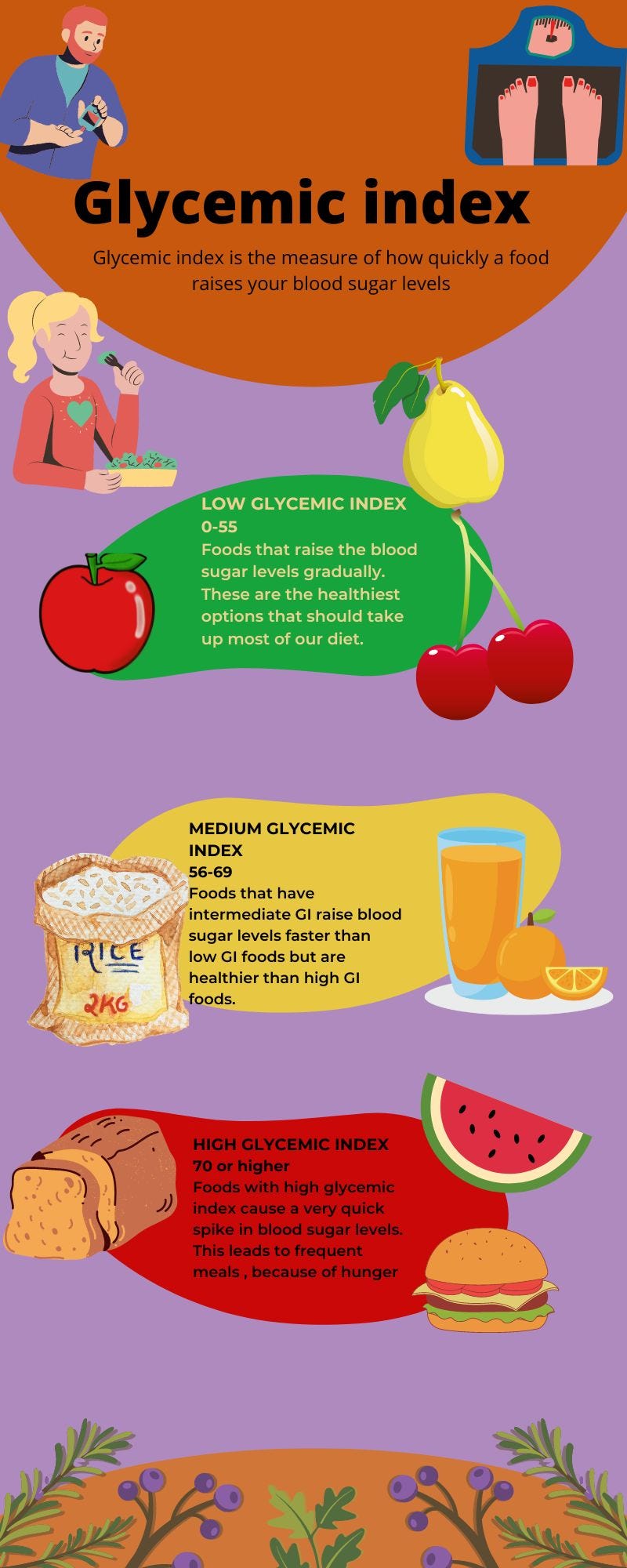
Unveiling the Secrets of Low-Glycemic Diet Foods for Balanced Nutrition
Understanding the Basics of the Low-Glycemic Diet
Embarking on a journey toward balanced nutrition often involves exploring various dietary approaches. Among them, the low-glycemic diet stands out for its focus on managing blood sugar levels. Let’s delve into the fundamentals of this dietary approach and unveil the secrets of incorporating low-glycemic diet foods into your daily meals.
Demystifying the Glycemic Index (GI)
Central to the low-glycemic diet is the concept of the glycemic index (GI), a scale that measures how quickly carbohydrates in foods raise blood sugar levels. Foods with a high GI are rapidly digested and cause a rapid spike in blood sugar, while low-GI foods are absorbed more slowly, resulting in a gradual and steady release of glucose. Understanding the GI can be a valuable tool for making informed choices about the foods you consume.
Benefits of Low-Glycemic Diet Foods
Blood Sugar Management: The primary benefit of incorporating low-glycemic diet foods is effective blood sugar management. This is particularly crucial for individuals with diabetes or those aiming to prevent insulin resistance. Choosing foods with a lower GI can help stabilize blood sugar levels throughout the day.
Sustained Energy Levels: Unlike high-GI foods that provide a quick energy boost followed by a crash, low-GI foods contribute to sustained energy levels. This can be beneficial for maintaining focus and productivity, especially during long periods between meals.
Weight Management: The low-glycemic diet is often associated with weight management. Foods with a lower GI can help control appetite and reduce overall calorie intake, making them a valuable addition to a well-rounded weight loss or maintenance plan.
Navigating Low-Glycemic Diet Foods
Focus on Whole Grains: Whole grains, such as quinoa, barley, and oats, are excellent low-GI options. They provide essential nutrients and fiber, contributing to overall health while promoting stable blood sugar levels.
Incorporate Legumes: Legumes, including lentils, chickpeas, and beans, are rich in protein and fiber, offering a low-GI alternative to animal-based proteins. These foods contribute to satiety and provide a slow release of energy.
Discover the Comprehensive Low-Glycemic Diet Foods Plan
For a detailed guide on incorporating Low-Glycemic Diet Foods into your daily meals, check out this link. This resource offers insights, meal plans, and tips to help you embrace a balanced nutritional approach for long-term health.
Making Informed Choices for Balanced Nutrition
In conclusion, understanding and incorporating low-glycemic diet foods into your meals can be a key component of balanced nutrition. From managing blood sugar levels to sustaining energy throughout the day, the benefits are diverse. By focusing on whole grains, legumes, and other low-GI options, individuals can make informed choices that contribute to their overall well-being. Embrace the secrets of low-glycemic diet foods and embark on a journey toward balanced and sustained nutritional health.
